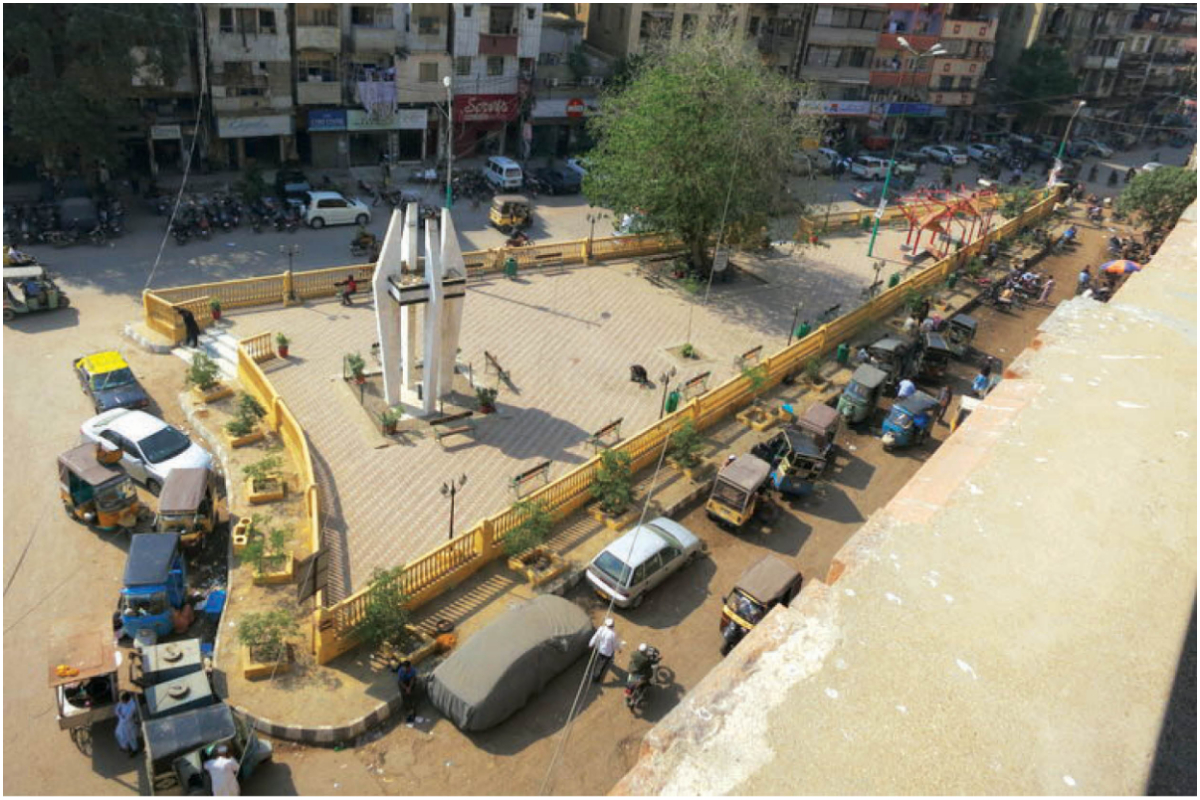
Shrinking public spaces
Public squares in Karachi are gendered and stratified
Karachi: As per the standard definition, a public space is a place that is open and accessible to the general public. Roads, public squares, parks, and beaches are typically considered public spaces. To a limited extent, government buildings which are open to the public, such as public libraries, are public spaces, although they tend to have restricted areas and greater limits upon use. Public spaces have often been valued as democratic spaces of congregation and political participation, where groups can vocalize their rights.
Public spaces are not just the arrangements of bricks, mortar, cement and steel in some geometrical order to satiate the economic and esthetic hunger of some privileged segments of Karachi City, but a turf for ideological contestation amongst various contesting groups. The subtle class struggle is evident in public spaces and the forced evictions of hawkers from Empress Market is an example from recent history where the ruling elite of the city displaced the vendors in the name of restoration of Empress Market, ease of traffic flow and jacking up of the subjective notions of aesthetics and beauty. The soft heritage of the pro-poor evolved function of Empress Market was sacrificed in favour of the above-mentioned three notions.
In the old economic order, the provision of public spaces was the responsibility of the state and is done through city planning exercises. The typology of public paces included community centres, parks, playgrounds, sidewalks, open-air market spaces, chowk, and other such spaces. The objective is to promote social ties within the neighbourhood and improve health and interaction amongst various segments of society. Those were, however, male-dominated as they were designed to keep by the male town planers and for the consumption of largely male segments of the society.
The community centres of Lyari in the old city, Pakistan Chowk at Burns Road, Empress Market (1884-1898) and Burns Garden of 1927, just to mention a few are the glaring examples of such initiatives. Historically, the above-mentioned public spaces were utilised as literary spaces, political gatherings and exchange of goods and services consultation spaces, however, dominantly by the male population of the city.
The administration and maintenance of such places were by the municipal corporations of the city. If we keep women’s inclusion aside, for a moment which is a crucial issue to ponder on, by and large, such public places are welcoming spaces and to make a space for everyone regardless of their circumstances to be a part of society.
However, the times are shifting. The shift in the dwelling from house to apartment makes the availability of public spaces more important. Living in compact and dense dwelling, increase the craving for more open spaces, which, however, are shrinking day by day.
In the new economic order the ghettoisation of housing takes place and with that the transformation in the function of the public spaces. They are now more monitored, controlled, “under the gaze” and fanciful while the participation is a matter of affordability. They are more exclusive than inclusive in their usage. Political expression is discouraged through overt and covert means and thus transforming the very definition of “public space”: a selectively public place.
The vibrancy associated with multi-class participation is a dead dream in such housing societies. Women’s participation, in such spaces, is more visible than in the earlier-mentioned spaces albeit not without male escorts and kept in certain time zones; mostly in daylight.
The form, the usage and the users of the public places in new housing schemes of middle and high-income groups are different than the older ones. As per scholars, those can be categorised into degradation, adaption and transformation.
In the old city, continuous degradation has been observed and the reasons for that need to be investigated. In the same vein, the public spaces have been transformed in some of the neighbourhoods, as form follows the functions. However, the most intriguing is the phenomenon that how the definition of public space has been transformed in ghettoised Karachi.
Spaces are gendered, spaces are stratified and the real question for researchers and academics is who has the privilege to occupy space. The other question is how power is exercised in public spaces. And more important is how current trends of making space public marginalise some groups and privilege some. And with the transformation of spaces what these marginalised groups do. Urban planners would probably have answers to these questions.
Catch all the Urban Insight News, Breaking News Event and Latest News Updates on The BOL News
Download The BOL News App to get the Daily News Update & Live News.





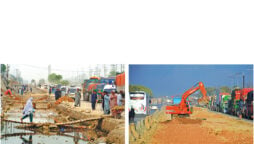

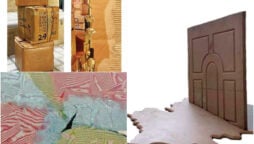
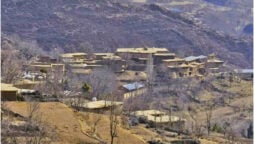

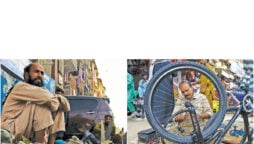

 Read the complete story text.
Read the complete story text. Listen to audio of the story.
Listen to audio of the story.